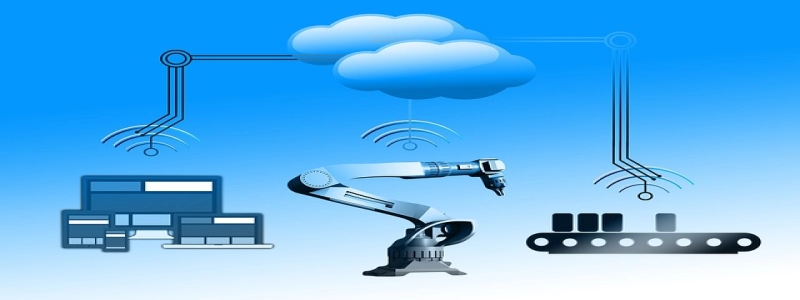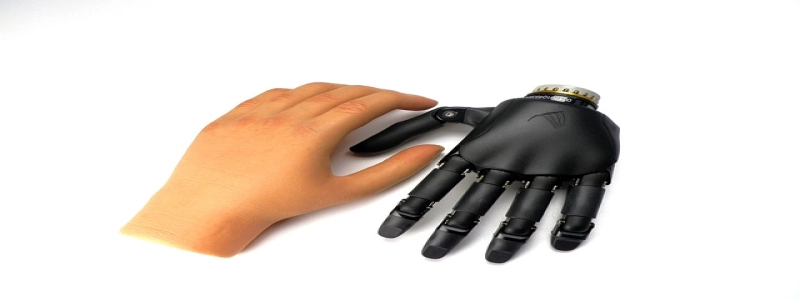Can Ethernet Cable Run Next to Electrical?
Introduction:
In today’s digital age, reliable and fast internet connection is essential. One common way to access the internet is through an Ethernet cable, which allows for a direct and stable connection. However, when it comes to setting up the Ethernet cable, one question that often arises is whether it can be run next to electrical wiring. This article will explore this topic in detail, discussing the potential risks and precautions to consider.
I. The Potential Risks:
Running an Ethernet cable next to electrical wiring poses a few potential risks. These include:
1. Electromagnetic Interference (EMI): Electrical wires carry alternating currents, which can generate an electromagnetic field. This field can interfere with the signals transmitted through Ethernet cables, leading to a degradation in performance and slower internet speeds.
2. Cross-Talk: When an Ethernet cable runs parallel to electrical wiring, there is a higher chance of cross-talk occurring. Cross-talk happens when signals from one cable interfere with signals from another nearby cable. This interference can result in data loss and poor network performance.
II. Precautions to Consider:
While the risks are present, there are several precautions that can be taken to minimize the impact:
1. Maintaining Distance: It is advisable to maintain a reasonable distance between Ethernet cables and electrical wiring. Experts suggest keeping a minimum of 12 inches (30 centimeters) of separation. This distance can help reduce the interference caused by the electromagnetic field generated by electrical wiring.
2. Proper Shielding: Using Ethernet cables with proper shielding can help mitigate the effects of EMI. Shielded Ethernet cables feature additional layers of insulation and metal shielding, which protect the cables from electromagnetic interference.
3. Cable Routing: Carefully planning the route of the Ethernet cables can help minimize the potential for cross-talk. Whenever possible, try to avoid running Ethernet cables parallel to electrical wiring. Instead, opt for routes that minimize proximity to electrical sources.
4. Grounding: Proper grounding of electrical wiring can also help reduce the risk of interference. By ensuring that the electrical system is properly grounded, you can reduce the chances of interference affecting the Ethernet cables.
III. Consulting Professionals:
For those who are unsure or lack technical expertise, it is advisable to consult professionals when running Ethernet cables next to electrical wiring. Networking professionals or electricians can provide expert guidance and ensure that the cables are set up in a manner that minimizes potential interference.
Conclusion:
While it is possible to run Ethernet cables next to electrical wiring, it is important to consider the potential risks and take precautions to minimize interference. By maintaining distance, using shielded cables, carefully planning cable routing, and ensuring proper grounding, the risk of electromagnetic interference and cross-talk can be significantly reduced. Seeking the assistance of professionals is advisable for those who are uncertain about proper setup procedures. Ultimately, with proper precautions, a reliable and fast internet connection can be achieved even when Ethernet cables run next to electrical wiring.







